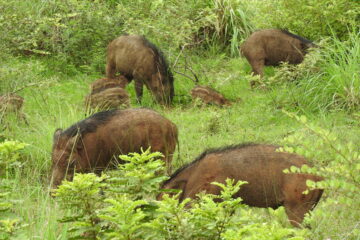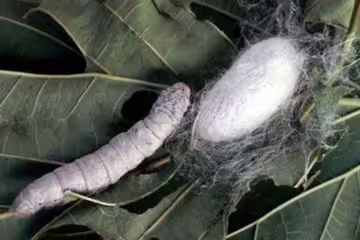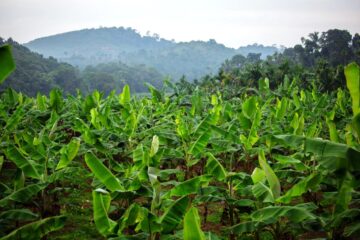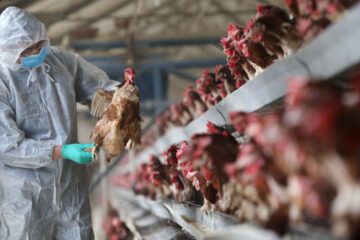Published in: December 2017
In the 19th century, Italian scientist Agostino Bassi identified that the muscardine disease, also known as lime disease, affecting silkworms was caused by a fungal infection. This disease is sometimes referred to as calcino. Here’s a closer look at it.
Cause of the Disease
This disease is caused by fungi like Beauveria bassiana, Metarhizium anisopliae, and Aspergillus species. It commonly appears during rainy and cold seasons when the temperature is below 22°C and humidity is over 80%.
Poor ventilation in rearing rooms leads to the growth of pathogens. Each infected silkworm can produce up to 15 million fungal spores, spreading the disease to healthy worms through the air. The Aspergillus fungus particularly affects only young larvae.
Symptoms of the Disease
In the initial stages, symptoms may not be visible. As the disease progresses, affected silkworms develop oily, shiny, or damp dark spots on their bodies, similar to oil stains. They eventually stop eating.
The silkworms’ bodies become soft, lose their elasticity, and the worms become immobile. Young silkworms die within 2-3 days, while mature ones die in 5-7 days. Dead silkworms harden and turn either white (white muscardine disease) or green (green muscardine disease). Their bodies become brittle and break upon handling. Symptoms of this disease become more evident in the 4th and 5th stages of silkworm development.
Management
Good airflow in the rearing room is essential, even in cold weather. The temperature should not fall below 25°C, and humidity should remain under 80%. Water should not be allowed to stagnate around the rearing area. When humidity is high, do not use waxed paper or damp foam rubber in the young larvae trays.
Maintain hygienic rearing practices. The silkworm bedding should be soft, and the worms should be fed on time. Sprinkling dry lime powder inside and around the rearing area can help control excess moisture. Applying 3 grams of lime powder per square foot on the bedding can reduce humidity.
Avoid feeding silkworms wet leaves during the rainy season. Diseased silkworms should be burned to prevent further spread. Approved bed disinfectants like Angus, Suraksha, or Vijeta can be used to control this disease—3 grams per square foot for young larvae and 5 grams per square foot for mature larvae.
To maintain a stable temperature, rotating heaters may be used. Alternatively, a simple low-cost method involves using clay pots or metal cans with small holes, filled with smoldering coal and placed in 4-5 locations.
Dr. Raja Ramesh, Assistant Professor, Agricultural Science Center, Nidamangalam, Thiruvarur – 614 404.











